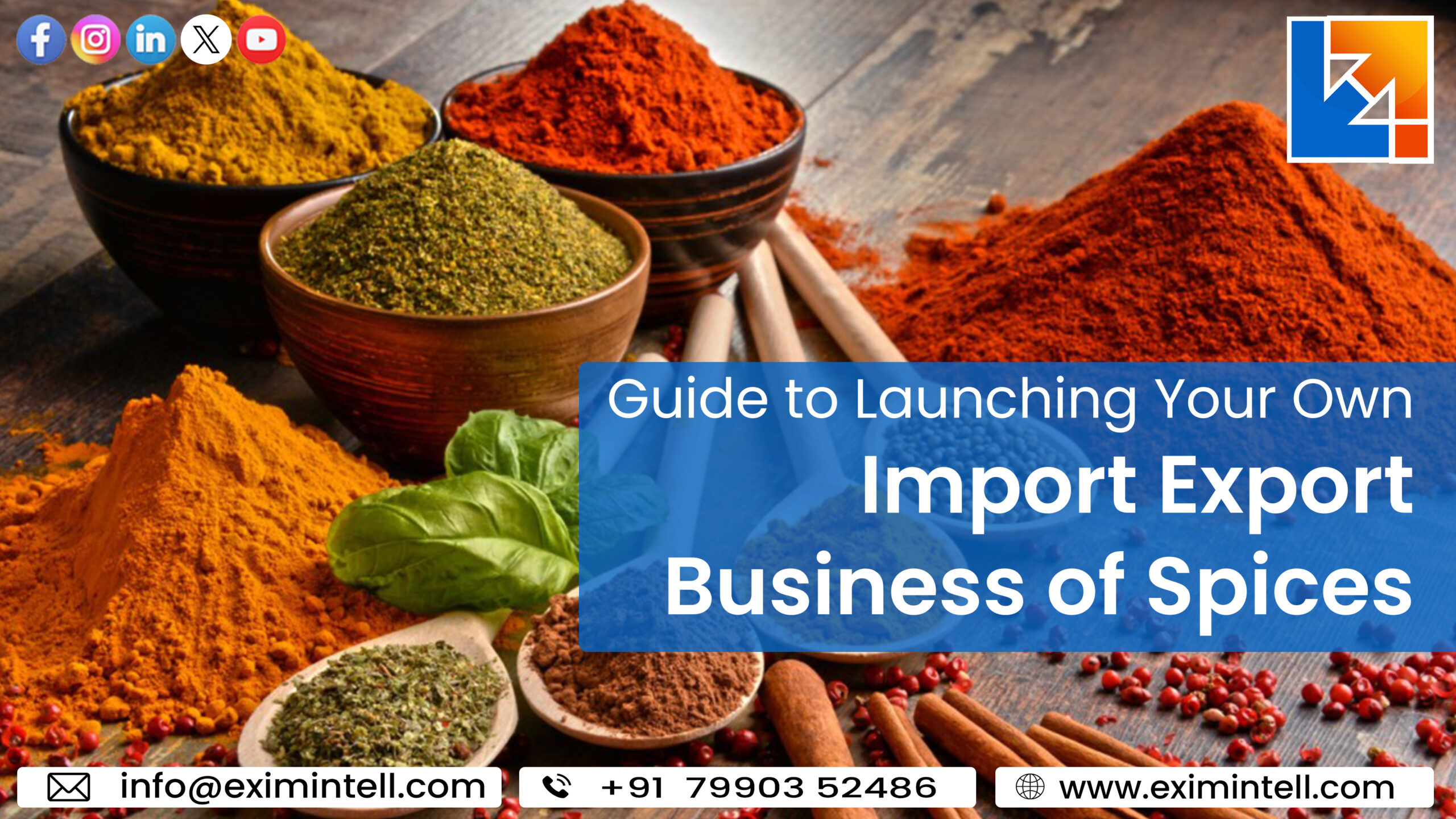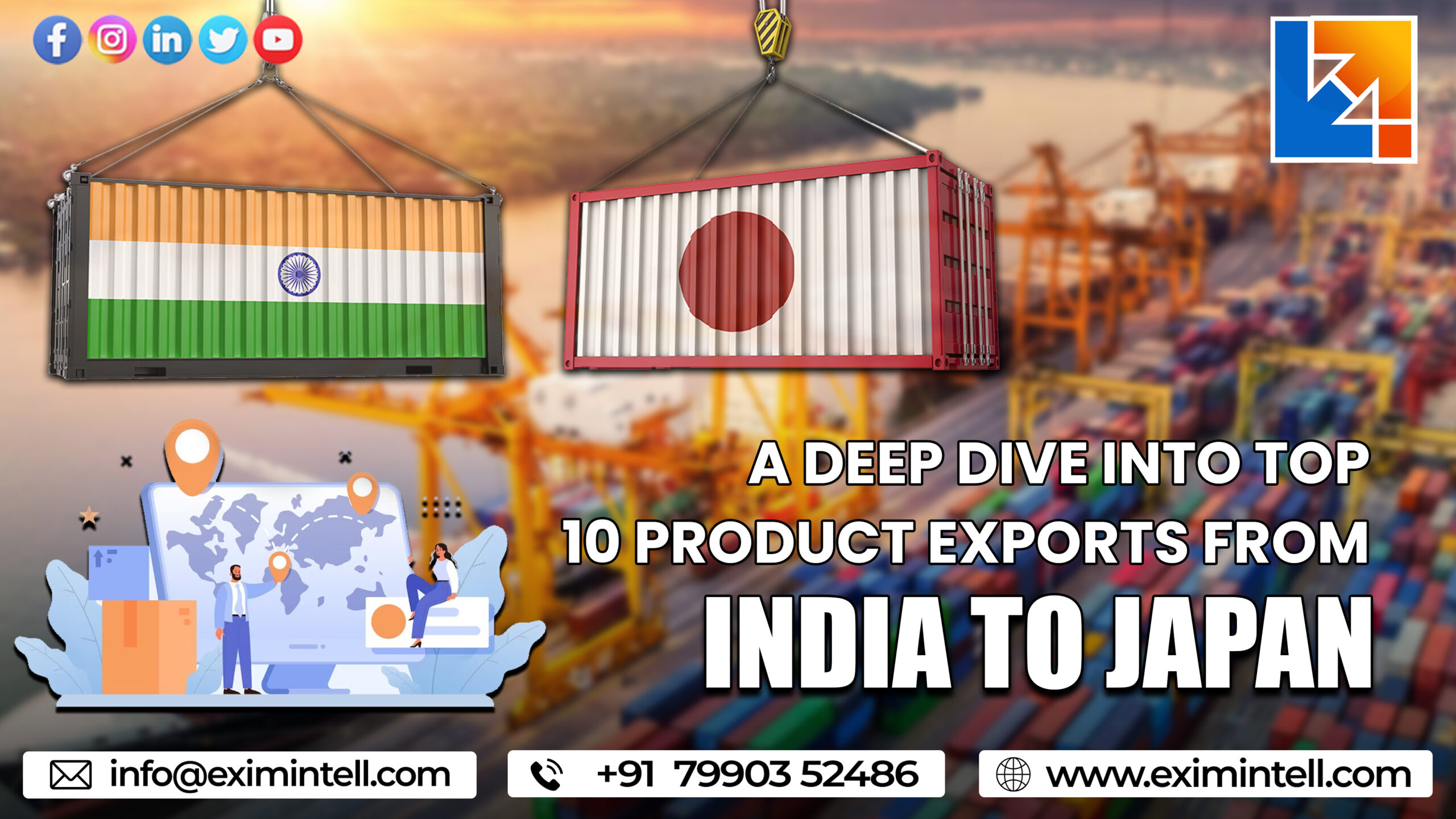In the multifaceted world of Export-Import Business, navigating the vast seas of global trade requires more than just a theoretical compass. While understanding international trade’s foundational theories and principles is undoubtedly essential, an unparalleled wisdom stems from hands-on, practical experience.
Just as a sailor learns the art of seafaring not merely from books but from confronting the capricious waves, an aspiring trader truly grasps the intricacies of global commerce when they dive into the real-world challenges and triumphs of the industry.
This blog delves into the manifold benefits of practical training in the Export-Import Business, shedding light on why it’s an indispensable pillar for anyone aspiring to chart a successful course in international trade.
Introduction to Practical Training in Export-Import Business
In the vast arena of global trade, understanding the subtleties of the Export-Import Business is a journey, not a destination. The world has moved beyond traditional methodologies, and with the ever-evolving dynamics of international business, hands-on, practical training has never been more crucial.
It’s the bridge between theoretical knowledge and real-world applications, guiding professionals to navigate the intricate waters of global commerce confidently.
Some Insider Tips to Enhance Practical Training in Export-Import Business
Venturing into the labyrinth of international commerce is a task that demands a blend of theoretical prowess and practical dexterity. While classroom sessions provide a foundational understanding, it’s the hands-on exposure in the turbulent seas of trade that molds an adept professional.
Let’s unearth some more nuanced tips that could elevate one’s practical training experience in the Export-Import Business.

Real-World Problem Solving
Adaptability: One of the primary lessons from real-world trade is the art of adaptability. Market dynamics shift, new competitors emerge, and global events can overturn predictions. A trained professional learns to be fluid in strategy and execution.
Analytical Thinking: Facing genuine challenges cultivates an analytical mindset. One learns to dissect problems, identify root causes, and approach situations with a logical framework.
Contingency Planning: Real-world scenarios teach the importance of always having a Plan B. Whether it’s an alternative supplier, a different shipping route, or a backup distribution channel, thinking ahead becomes second nature.
Building Effective Relationships
Cultural Sensitivity: Interacting with global partners means understanding and respecting diverse cultural backgrounds. Practical experience hones one’s cultural sensitivity, ensuring communications are always respectful and productive.
Feedback Mechanisms: Establishing open channels of communication for feedback can lead to valuable insights. Practical interactions help in understanding the importance of both giving and receiving constructive feedback.
Long-term Vision: Relationship building isn’t about short-term gains. Practical training inculcates the vision to nurture relationships with a long-term perspective, focusing on mutual growth and trust-building.
Navigating the Tech Landscape
Continuous Learning: The tech realm is ever-evolving. Regularly updating one’s knowledge and staying abreast of the latest technological advancements becomes pivotal. Practical exposure underscores the importance of continuous learning in the tech space.
Integration Challenges: It’s not just about knowing the tools but integrating them efficiently into existing systems. Real-world experiences offer insights into potential challenges and best practices for smooth tech integrations.
Cybersecurity Awareness: With increased tech adoption comes the challenge of cybersecurity. Hands-on experience in the Export-Import Business highlights the importance of secure transactions, data protection, and robust cybersecurity measures.
Benefits of Practical Training in Export-Import Business
Cultivating Financial Acumen
The financial intricacies of international trade are myriad—from managing transactional currencies to navigating the world of trade credits. Practical training provides an in-depth understanding of these complexities. Trainees learn to make astute financial decisions, manage risks, and ensure the fiscal health of their trade ventures.
Enhancing Cultural Competence
Trading across borders invariably means dealing with diverse cultures. Each region comes with its unique set of traditions, behaviors, and preferences. Practical training immerses individuals in these cultural nuances, enabling them to craft strategies that resonate with different global audiences, ensuring broader acceptance and success.
Streamlining Supply Chain Dynamics
Behind every successful international transaction lies an efficient supply chain. Practical training exposes individuals to the nitty-gritty of logistics—from sourcing to delivery. Trainees learn to optimize supply chains, ensure timely deliveries, and mitigate potential disruptions, ensuring seamless business operations.
Steps for Legal Compliance in Practical Training for Export-Import Business
Understanding Trade Regulations
Every nation has intricately woven regulations, acting as a framework for its trade activities. These regulations are often influenced by a country’s economic objectives, trade partnerships, and geopolitical stance.
In India, for example, the government has rolled out schemes like the Duty Drawback Scheme and Advance Authorization Scheme to promote exports by mitigating the impact of customs and import duties on exporters.
Practical training acts as a lens, providing a clearer view of such regulations. Beyond the theoretical aspect, this training immerses individuals in real-world scenarios where they apply their understanding of customs, tariffs, and norms.
This firsthand experience is invaluable, especially when navigating the myriad government schemes designed to facilitate trade. By leveraging these schemes, businesses can avail incentives, rebates, and exemptions, effectively optimizing their export-import operations.
Practical Insights for Seamless Compliance
The global tapestry of international trade is tightly bound by rules and regulations. Any misstep or oversight can result in severe repercussions, ranging from financial penalties to damaged business reputations.
Recognizing this, governments across the globe have instituted various schemes and platforms to simplify compliance. In India, for instance, the Directorate General of Foreign Trade (DGFT) offers the e-SANCHIT portal, allowing traders to submit and process documents electronically, thus speeding up the clearance process.
Practical Training equips individuals to use such platforms efficiently. It’s not just about understanding the rules but about knowing the available tools to adhere to them efficiently. Through real-world training, individuals learn the intricacies of documentation, the nuances of certifications, and the best ways to leverage government schemes to their advantage.
This not only ensures compliance but does so with maximized efficiency, ensuring businesses operate smoothly and remain in the good books of the law.
Regulations and Guidelines for Practical Training in Export-Import Business
Standards and Best Practices
The Export-Import Industry, like any other domain, thrives on a combination of established standards and evolving best practices. These are the guiding pillars that ensure uniformity, reliability, and excellence in trade operations.
Several international bodies, such as the World Trade Organization (WTO) and the International Chamber of Commerce (ICC), lay down guidelines and standards that countries and businesses adopt. For instance, the Incoterms® defined by ICC dictate universally accepted terms of trade. Another exemplary standard is the Harmonized System (HS) Code, a globally recognized system for naming and classifying traded products.
Practical training provides individuals with a deep dive into these standards. Trainees don’t just learn these principles; they witness their application in real-world scenarios. They are taught to identify when and where specific Incoterms® apply or how to accurately classify products using HS Codes.
This profound understanding, coupled with practical application, ensures that trade operations align with global benchmarks, fostering consistency, clarity, and professionalism in business undertakings.
Ensuring Ethical Business Practices
In the realm of international trade, ethics and profitability are not mutually exclusive; in fact, they often go hand in hand. An ethically run business not only garners trust but also stands out in the competitive marketplace.
Ethical considerations span across various facets of trade: from ensuring products meet safety standards, guaranteeing fair labor practices in the supply chain, to honest advertising and transparent pricing. Violations, deliberate or inadvertent, can lead to severe repercussions, including sanctions, penalties, and loss of business reputation.
Practical training in the Export-Import Business goes beyond just teaching the mechanics of trade. It instills a moral compass. Trainees are taught the value of ethical considerations, drawing a clear line between right and wrong.
They’re exposed to real-world dilemmas and scenarios, teaching them to navigate the gray areas of trade ethics. Through case studies, discussions, and simulations, they learn the importance of decisions rooted in integrity, transparency, and fairness.
As they venture into their professional journeys, they’re equipped not just with trade skills but also with an ethical framework that guides their every move, ensuring that profitability and morality stride hand in hand.
Conclusion
Practical training in the Export-Import Business serves as the crucible where raw knowledge is transformed into refined expertise. It prepares individuals to navigate the myriad challenges of global trade with agility, integrity, and professionalism. In essence, this hands-on training doesn’t just create traders; it molds ambassadors of trust and excellence in the international trade arena.

















